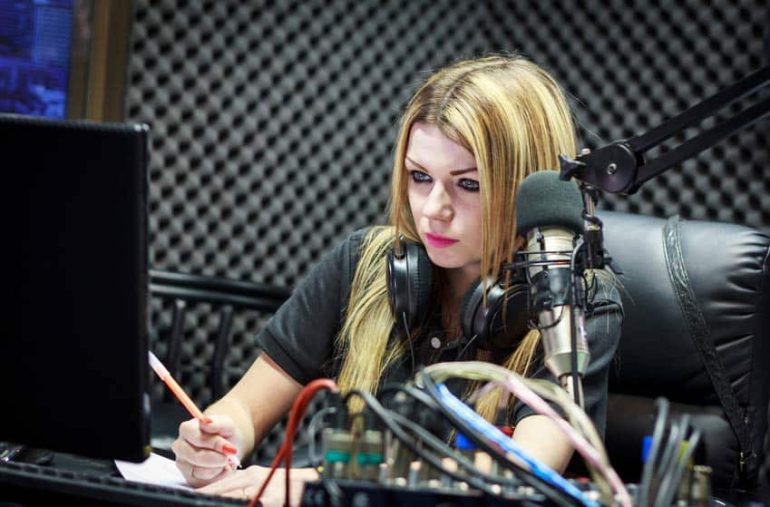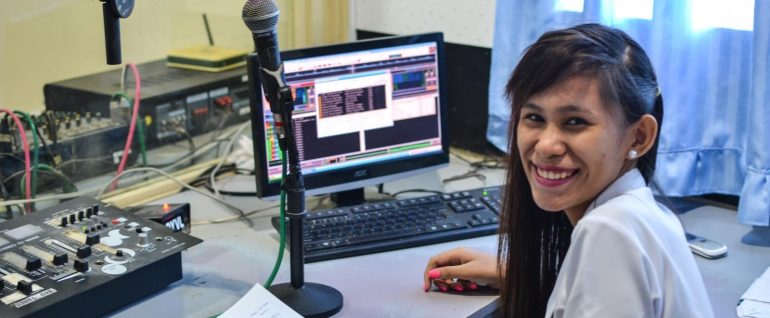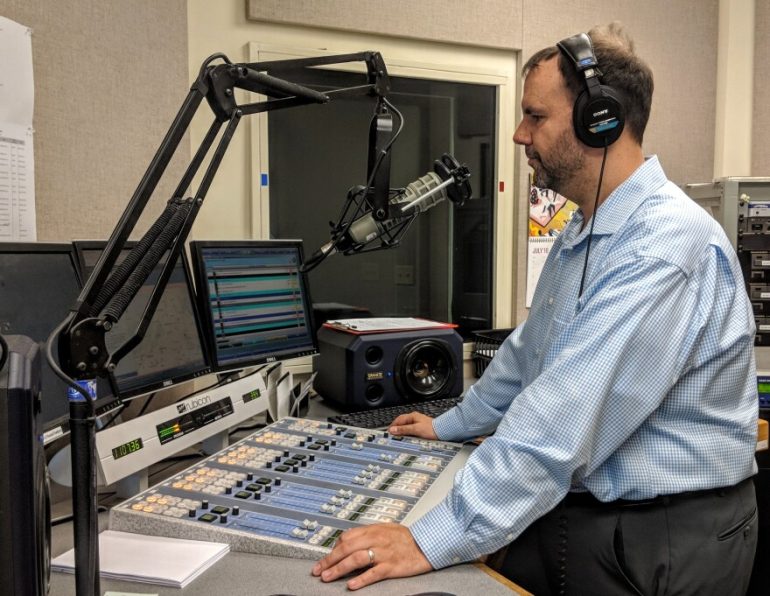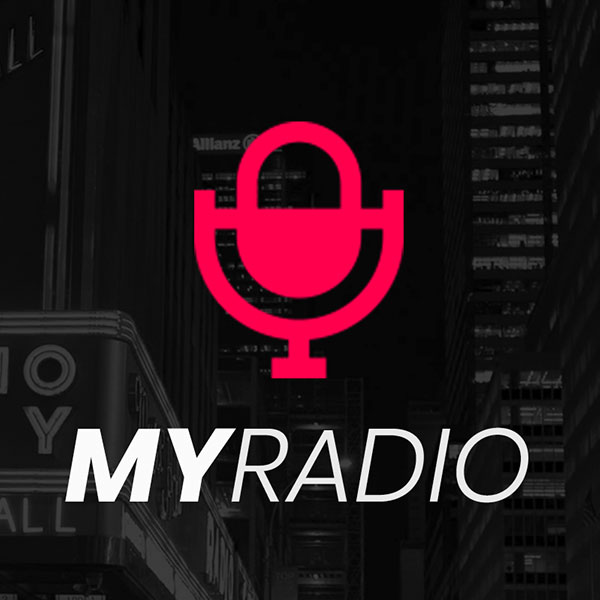Unlike what the public see, a radio station encompasses much more than just DJs in front of microphones. It takes numerous employees from various departments to make it all happen. Behind every successful radio station is a team of professionals that each play their own unique roles in making sure the public hears quality programming. Some key personnel include program directors, engineers, music librarians, and on-air personalities who bring content to listeners from across the country. This article will explore the specific roles within a radio station and how each contributes to the overall success of broadcasting.
Unveiling the obvious…
Let us begin with the roles that most of us already know about.
Within a radio station, the on-air talents are the ones that the viewers will hear from. It is the job of the on-air talent to be the voice behind the show that draws the listener in, encouraging them to tune in daily. The on-air talent is usually comprised of two parts: the Announcer and the Presenters.

The Announcer is the primary voice of the radio station. It is their job to introduce the music and shows, present the news, weather and advertisements as well as researching for and writing scripts behind the scenes. This role is different from the Presenters, who typically deliver single shows during an on-air shift of around a couple of hours.
During these shows, it is the job of the Presenters to keep the audience entertained and engaged. As well as this, their behind-the-scenes work includes pre-interviewing guests to build rapport before the official on-air interview, researching for and writing scripts, attending and hosting events as well as contributing to the website and social media content.

Radio personalities bring life to the airwaves and connect with their audience. Whether it’s a morning show, afternoon drive or evening program, radio hosts are entertaining and often become relatable figures to their listeners. These qualities make their job role rather attractive to aspiring young journalists! If you have an interest in chasing a career in radio, you can submit a Piece to Camera via our What Say You project for a chance to meet with professional directors and casting managers who could really help you out. Why wait?
A little more behind the scenes…
As previously mentioned, there is so much more that goes into the overall production of a radio station than what the viewer sees. In this section, we’ll explore some of the more hidden roles that are involved in a radio station.
Music Director
As implied by the name, it is the job of the Music Director to take charge of the station’s music. This involves managing and organising the music library (by sorting into categories such as “new” and “hits” for example), evaluating records sent in by record labels, and even sorting through and choosing pieces of music submitted by independent musicians to receive airtime. Overall, the role of a music director involves curating an eclectic playlist while keeping in line with the overall sound and style of the station. They have an excellent knowledge of popular genres, obscure tracks and up-and-coming artists. They typically listen to new releases each week before making their selection – usually taking into consideration factors such as chart positions, listener requests and reviews from industry professionals.

Music directors are a vital part of any radio station. They ensure that there is a diverse range of music to entertain the audience, creating an enjoyable listening experience.
Writers
Creative/ Copy Writers are an integral part of a radio station team, as they often develop the scripts that are used to capture the listener’s attention and leave a lasting impression on air, as well as off air. Working closely with the production staff, copy writers craft promotional materials for the station via their website, social media, email campaigns and more, as well as crafting material for the station’s advertisers. They also work within a team to proofread each other’s content.
Reporters
With their hard work and dedication, Reporters/ Broadcast Journalists ensure that listeners receive the latest news and stories as soon as possible. It is their job to investigate and prepare news stories for either on-air delivery or publication on the radio’s website.

Within this role, reporters will be guided by the News Editor, whose job it is to identify important stories within the local community. They will then assign these stories to the reporters. Similarly, the Sports Director looks out for local sporting events that can be investigated by the broadcast journalists.
Interns
Finally for this section, we have the interns. Much like our What Say You project, becoming an intern is a great way to gain work experience within a radio station setting. Rather commonly, interns are students.
The intern’s work involves office-assistant type responsibilities such as taking phone calls and drafting emails and contracts. They may also be given responsibilities such as promoting the station and reviewing incoming music and advertisements from clients.

Now on to the Management scene…
Like many establishments (and especially in radio stations!) there will be a structure involving many management teams who ensure that the ball continues to roll smoothly.
At the top of the list, we have the General Manager. The General Manager is responsible for the overall operation of the radio station. Directly below them, we have the Station Manager. Reporting to the General Manager, the Station Manager is responsible for the day-to-day running of the station.
Beneath the Station Manager is the Program Director, who has one of the most important roles in a radio station. They manage the overall programming of the station, working closely with the programming teams as well as acting as a connection between DJs, producers, engineers, etc. and the upper management teams. As well as this, the program director is responsible for ensuring that the content of the station engages listeners and meets their needs.

Beside the Program Director (also working beneath the Station Manager), we have the Traffic Manager. They work on preparing the exact schedule for the broadcast day, involving the organisation of advertisements and keeping listeners engaged during the running of the show.
Throughout the station, there will also be various managers involved in areas such as sales, financing and advertisement.
Last, but certainly not least, we have the Producers. Working more closely with the DJs, the Producers oversee production: ensuring that everything stays on schedule. Coordinating closely with the radio hosts, they supervise the broadcasts by making suggestions on content to follow, signalling ad-breaks and anything else that they may seem fit in the moment.

Now that we’ve had a peak behind the mic, it is evident there are many positions necessary to make a radio station successful. In reviewing these different roles, it has become clear that each one contributes in an essential way towards creating an engaging listening experience for all audiences. At its core, radio stations rely on teamwork and collaboration between all members of the team to ensure they can achieve their goals.




















Post comments (0)